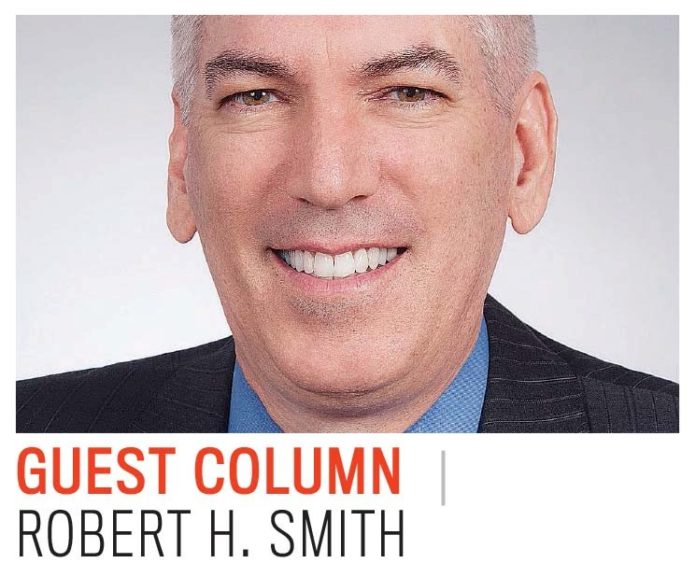The IRS has made it easier for qualifying companies to buy equipment, materials and supplies. For tax year 2016, it has raised the ceiling on the immediate tax deduction for the purchase of tangible property from $500 to $2,500.
The tangible property regulations issued in September 2013 introduced the de minimis safe-harbor election, applicable to taxable years beginning on or after Jan. 1, 2014. The de minimis safe harbor is an annual tax return election that permits taxpayers to currently deduct expenditures they would otherwise have to capitalize for the purchase of tangible property if the taxpayer:
n Has an accounting policy as of the beginning of the tax year to expense (for nontax purposes) amounts paid for property costing less than a specified dollar amount, or amounts paid for property with a useful economic life of 12 months or less.
n Follows that policy in its books and records.
For taxpayers with an applicable financial statement, typically an audited financial statement, the specified dollar threshold for the de minimis safe harbor is $5,000 per invoice or item. Additionally, the taxpayer’s accounting policy must be in writing.
For taxpayers without an AFS, the specified dollar threshold was only $500 per invoice or item.
If a taxpayer’s accounting policy is less than the $5,000/$500 thresholds, the amount deductible under the de minimis safe harbor is limited to the threshold set by the policy. Conversely, if a taxpayer’s accounting policy is more than the $5,000/$500 thresholds, only expenditures up to the $5,000/$500 thresholds are protected under the de minimis safe harbor.
For taxpayers subject to the uniform capitalization rules for the production or acquisition of inventory, amounts paid for tangible property below the de minimis safe harbor threshold may still need to be capitalized if those amounts comprise the direct or allocable indirect costs of property produced or acquired for resale.
Notice 2015-82, issued on Nov. 24, 2015, increases from $500 to $2,500 the de minimis safe- harbor threshold for taxpayers without an AFS. The threshold increase is effective for taxable years beginning on or after Jan. 1, 2016.
The IRS also announced that for tax years prior to 2016, it would not raise upon examination the issue of whether a taxpayer without an AFS can use the $2,500 de minimis safe-harbor threshold if it otherwise satisfies the de minimis safe-harbor requirements. Because one of the de minimis safe-harbor requirements is that the accounting policy to expense amounts below a certain threshold must be in place as of the beginning of the tax year, taxpayers without an AFS generally will still be limited to the $500 threshold for 2015 unless their pre-existing capitalization policies already exceeded $500.
The increase to $2,500 in the de minimis safe harbor for taxpayers without an AFS is welcome relief that should simplify recordkeeping and generate more current tax deductions. Many more assets that traditionally were capitalized, such as computers, tablets, smartphones and high-end office furniture, now potentially can be deducted immediately. •
Robert H. Smith is a director in the Tax Group at CBIZ Tofias, which has offices in Providence, Boston and other cities nationwide.












